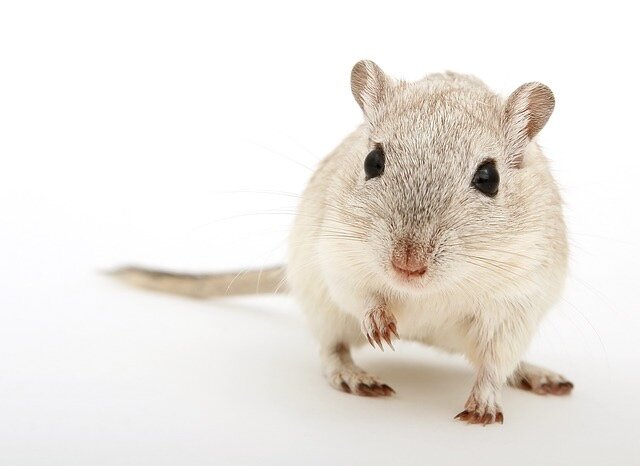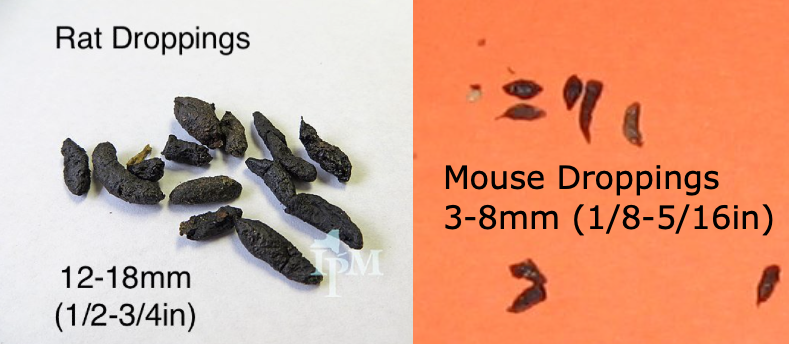Everything You Need to Know About the Common Brown Rat
The Brown Rat (also known as the Common Rat) is the most successful of its kind. It has species distributed across all continents (except Antarctica). They are one of the two types of rat seen in the UK, the other being the notorious black rat.
Brown rats have a strong affinity to humans, as they have been known to live alongside us. They often depend on us for food and shelter. They are known to form nests in wall cavities and sometimes beneath floorboards. They also live beneath buildings, food stores as well as rubbish dumps.
The common rat is nocturnal, actively looking for food at night. However, they have also been spotted during the day, looking for food and water.
Health Risks
Rats are notorious disease carriers. They are known to spread diseases such as rat bite fever, Weil's disease and viral hemorrhagic fever. They also transmit hantavirus pulmonary syndrome, Q fever, cryptosporidiosis and more commonly, salmonellosis. This is a type of food poisoning in humans.
They transfer disease by contaminating their surroundings and food. They do this with their droppings, urine and fur. They can also cause major damage to properties, cars and anything to hand, as they love to gnaw incessantly on wood, cables and wires, as well as pipes.
Laboratory Rat
The brown rat is favoured as a laboratory animal. They have been used in many experimental studies which in turn, has helped us gain a better understanding of modern biology and genetics. They have been helpful in finding the origins of many diseases which would have otherwise remained undiscovered. They are also frequently used as test subjects to evaluate the effectiveness of some drugs. This is due to the fact that they grow to sexual maturity fast, within just 3 months. Scientists also experience no problem breeding them in captivity.
Pest Control
There are many methods used to control the population of brown rats:
Proofing:
One of the best ways to control the rat population in your immediate environment is by making sure that your house is rodent proofed. You can block access points of rats by sealing or filling in any holes around cables or pipe services such as gas, electricity or water. Also around overflows, chimneys, sink waste pipes, window and door panels plus air vents. Use cement or any suitable filling compound.
Trapping:
The most traditional way of controlling a rat population is by using live cage traps, the popular break-back traps, or glue traps.
Poisoning:
The use of poison among rats is regulated and controlled in many countries around the globe. Check your local laws if rat poisoning is permitted.
Deterrents:
There are also numerous deterrents available on the market - prevention is better than cure.
Tips From HammerTechLtd.com
Rats are effective scavengers and stay in areas not frequented by humans. https://www.hammertechltd.com. You may follow these to discourage them from staying around your area:
Use our rat-repellent flooring to create a rodent-free zone around the area.
Limit their food supply by making sure rubbish bins are kept tightly fitted at all times.
Regular maintenance and cleaning is key, especially in areas that are usually undisturbed or used less often.
Store food where rats can't climb or enter.











